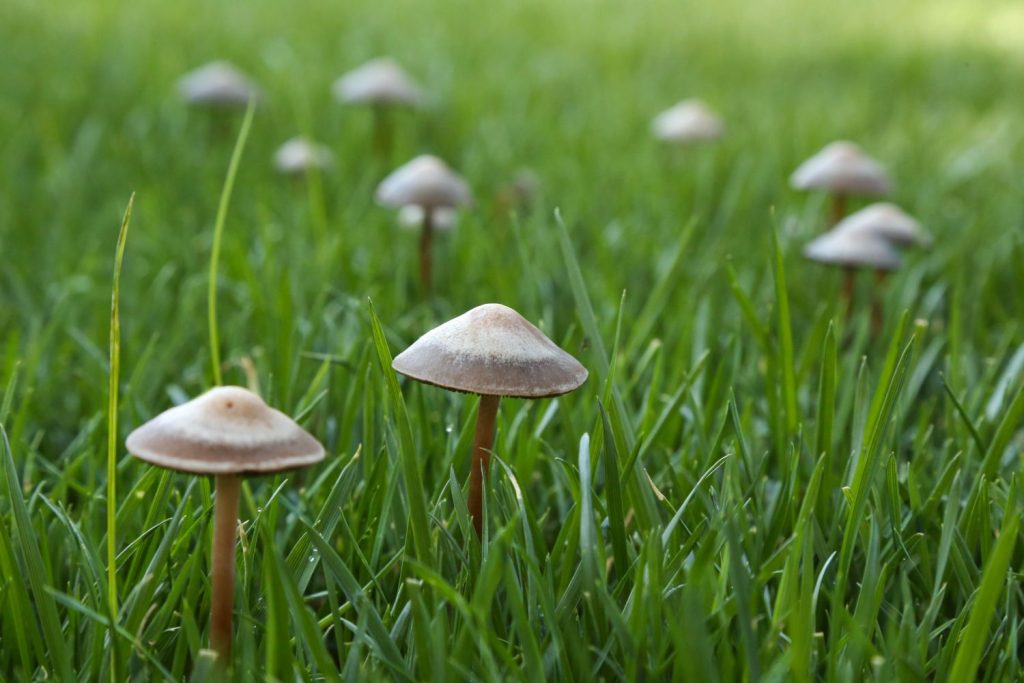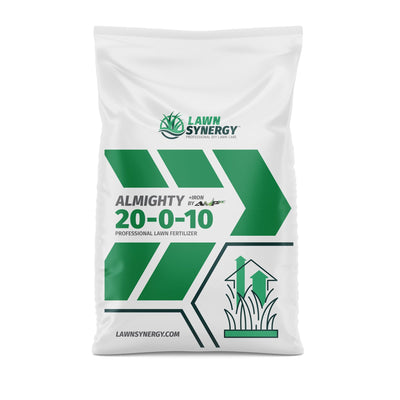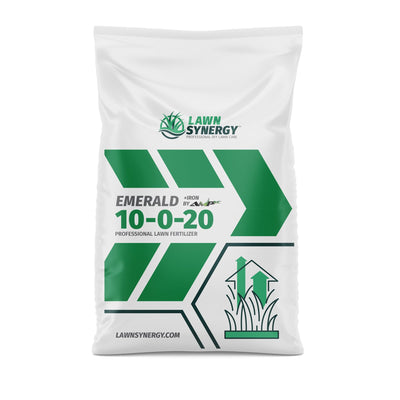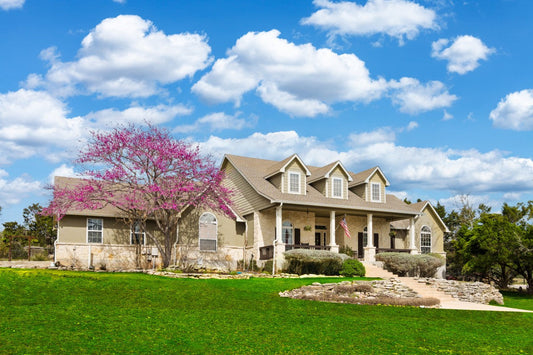Mushrooms popping up in your yard can be unsightly and sometimes even hazardous. While chemical treatments are commonly used, adopting cultural practices can provide a more sustainable and long-term solution to get rid of mushrooms in your yard. In this article, we'll explore effective cultural practices, with a focus on core aerating, strategic sprinkler usage, and consistent fertilization.
How To Kill Mushrooms In The Yard
1. Core Aeration: A Breath of Fresh Air for Your Lawn
One of the key cultural practices for eliminating mushrooms in your yard is core aeration. This process involves perforating the soil with small holes to allow air, water, and nutrients to penetrate deeper into the roots. Core aeration helps break down organic matter and reduces the conditions favorable for mushroom growth. Here's how you can incorporate core aeration into your lawn care routine:
- Frequency: Aim for at least once a year, preferably in the fall when reseeding tall fescue lawns or spring for warm season lawns.
- Equipment: Rent or purchase a core aerator for efficient results.
- Procedure: Run the aerator over your lawn, creating small holes spaced a few inches apart.
- Benefits: Improved soil structure, enhanced water absorption, and reduced mushroom habitat.
2. Strategic Sprinkler Usage: Timing Matters
Proper watering is essential for a healthy lawn, but the timing of your sprinkler system can impact the growth of mushrooms. Setting sprinkler start times for early morning ensures that the lawn has time to dry before nightfall, minimizing the moisture that mushrooms thrive on. Consider the following tips for strategic sprinkler usage:
- Early Morning Watering: Schedule sprinklers to start early in the morning, preferably before 8 AM.
- Avoid Evening Watering: Watering in the evening can create prolonged moisture, promoting mushroom growth.
- Soil-Drying Time: Allow at least 6-8 hours of daylight for the soil to dry before night.
3. Consistent Fertilization: Nourishing Your Lawn, Discouraging Mushrooms
Maintaining a consistent fertilizer program is crucial for a lush and healthy lawn. Fertilization not only promotes grass growth but also discourages mushrooms by providing the necessary nutrients to the grass, leaving less available for the fungi. Follow these guidelines for effective fertilization:
- Regular Application: Stick to a consistent fertilizer schedule, typically 4-7 times a year depending on your grass type.
- Balanced Fertilizer: Use a balanced fertilizer with equal parts of nitrogen, phosphorus, and potassium to support overall lawn health.
- Avoid Over-fertilization: Excessive fertilizer can create an imbalance and potentially encourage mushroom growth.
How To Remove Mushrooms From Lawn
Removing mushrooms from your lawn involves a combination of manual methods and cultural practices to address the underlying conditions that favor mushroom growth.
1. Manual Removal:
Handpicking:
-
Use gloves: Some mushrooms can be toxic, so wear gloves to protect your hands.
-
Gently pull: Carefully pluck the mushrooms from the base, ensuring you remove the entire structure.
Cutting:
-
Scissors or knife: Trim the mushrooms close to the ground without disturbing the soil.
-
Dispose properly: Place the removed mushrooms in a sealed bag and discard them to prevent spore dispersal.
2. Improve Drainage:
Reduce Watering:
- Modify sprinkler settings: Water your lawn early in the morning to allow sufficient drying time during the day.
- Avoid overwatering: Excess moisture contributes to mushroom growth, so adjust watering based on your lawn's needs.
- Aerate the soil: Core aeration improves soil drainage, reducing the conditions that favor mushroom development.
- Fill low spots: Level uneven areas to prevent water pooling.
3. Adjust Lawn Care Practices:
Mow Regularly:
-
Frequent mowing: Keep your lawn short to reduce the shaded, damp areas where mushrooms thrive.
-
Use a bagging mower: Collect grass clippings to remove potential organic matter that mushrooms feed on.
Fertilize Appropriately:
- Balanced fertilization: Follow a consistent fertilizer program to maintain a healthy lawn while avoiding overfertilization.
4. Apply Fungicides (Optional):
Non-Chemical Options:
- Baking soda: Mix baking soda with water (1 tablespoon per gallon) and spray it on mushrooms to inhibit growth.
Fungicide Application:
- Consult an expert: If the issue persists, consider consulting with a lawn care professional for appropriate fungicide recommendations.
5. Monitor and Repeat:
-
Regular inspection: Keep an eye on your lawn for new mushroom growth.
-
Repeat interventions: If mushrooms reappear, continue with manual removal and adjust cultural practices as needed.
Important Tips:
-
Be cautious with toxic mushrooms: If you're uncertain about mushroom species, avoid touching them and seek professional advice.
- Consistency is key: Regular maintenance and monitoring are crucial to preventing mushroom recurrence.
Cultural practices play a vital role in maintaining a mushroom-free yard without resorting to chemical solutions. By incorporating core aeration, strategic sprinkler usage, and consistent fertilization into your lawn care routine, you can create an environment that discourages mushroom growth. Embrace these cultural practices for a healthier, more vibrant lawn that you can enjoy without the unsightly presence of mushrooms.






